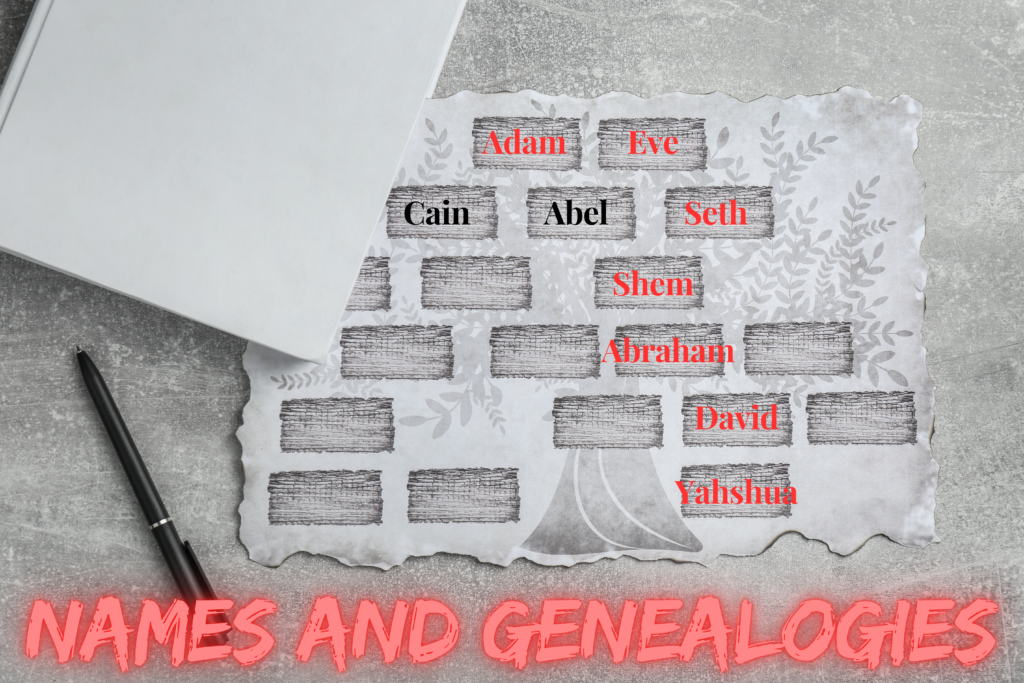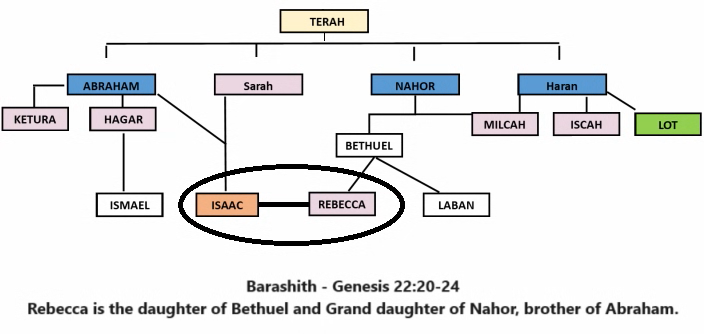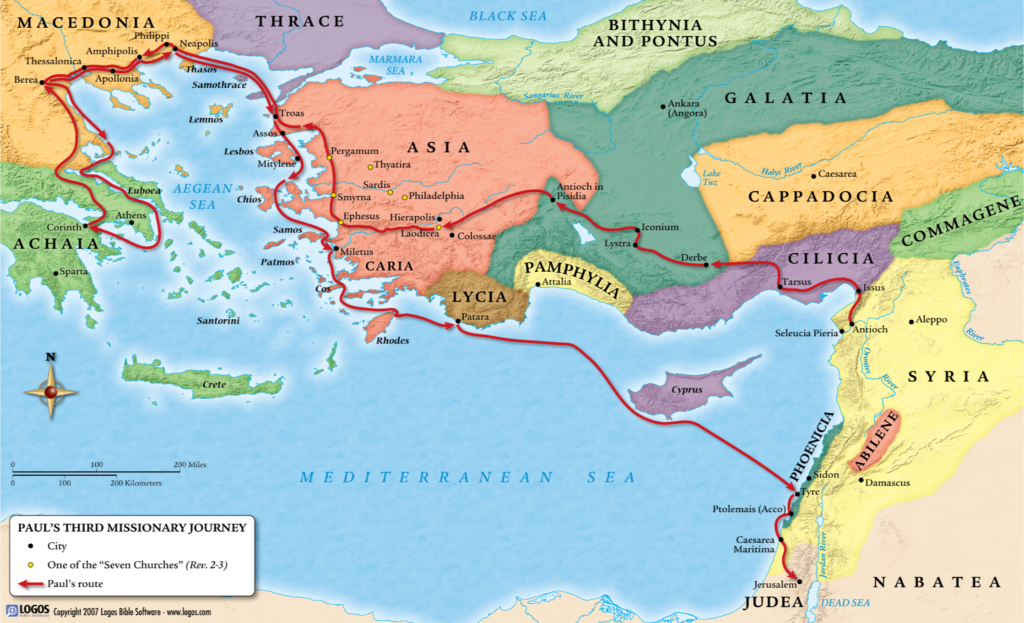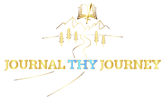
The Almighty 𐤉𐤄𐤅𐤄 YAH, in His infinite wisdom and knowledge (Isaiah 55:8–9, Isaiah 40:15,28), whom no man can begin to comprehend. He chose to include unique and meaningful names and genealogies throughout the Bible. For years, I found these portions of the Bible to be dull or boring and pondered over the relevance of these extensive genealogies. Consequently, I would often skip them altogether or merely skim through them. However, YAH began to show me the power of these genealogies and their purpose in understanding the scriptural narrative. Additionally, 𐤉𐤄𐤅𐤄 reminded me that it was Him who put these families together for a purpose, just like He put mine together.
The names and genealogies chronicled in the Bible are a treasure trove of valuable information. They provide a comprehensive record of the lineage of various groups of people, offering a glimpse into their history, culture, and traditions. These records provide a wealth of knowledge about the relationships between different individuals and families and their geographical origins. (PLEASE View the Sons of Japheth at the bottom and click the maps link). The detailed information contained in these genealogies should not be overlooked or taken for granted, as they can shed light on the complexities and nuances of human relationships throughout history. I sincerely hope that you, too, will come to understand the significance of these names and genealogies and gain a profound insight into the Word of 𐤉𐤄𐤅𐤄.
Here are a few of the genealogies: Genesis 4:1-2, 17-23, Genesis 5, 10, 11:10-29, 22:20-24, 25:1-26, 29:30–35; Genesis 30, Genesis 36, 46:8-26, and Matthew 1:1-25.
Definition of Genealogy:
- An account of the descent of a person, family, or group from an ancestor or from older forms
- Regular descent of a person, family, or group of organisms from a progenitor (see PROGENITOR sense 1) or older form: PEDIGREE
- The study of family ancestral lines
- An account of the origin and historical development of something
Genealogy and the Ha-Mashiach (Messiah)
As Bible Believing Believers (BBBs), we hold the conviction that Yahshua is the Ha-Mashiach because He fulfilled over 300 prophecies. The fulfillment of these prophecies is a core part of our faith. However, we also have genealogical proof of Yahshua’s bloodline recorded in the Bible. His lineage can be traced back to Adam, the first man, then to Seth, the son of Adam, and then to Abraham, the father of Isaac, and Jacob, the son of Isaac. Yahudah (Judah) is also in His lineage, and so is King David. Fulfilled prophecies combined with the genealogical record provide undeniable evidence that Yahshua is the Ha-Mashiach.
Preflood Genealogy
All Scripture is written by inspiration of the Holy Spirit and is profitable for doctrine, for reproof, for correction, for instruction in righteousness,
In this and all Food for Thoughts I recommend you read the Scripture(s) provided and the entire chapter they are from to obtain more insight.
2 Timothy 3:16 couldn’t be more accurate as “all scripture is given by inspiration of YAH.” 𐤉𐤄𐤅𐤄’s hands are all over the scriptures in words, names, and meanings. His influence is brilliant, and He shows us through names and genealogies. Take a look at how the meaning of the names of Yahshua’s preflood lineage (Genesis 5) points to 𐤉𐤄𐤅𐤄’s Genesis 3:15 promise of Yahshua (Salvation) to Eve:
| Name | Meaning | Scripture(s) |
|---|---|---|
| Sheth (Seth) | Appointed or Placed | Acts 2:22-25 |
| Anash (Enos) | Mortal Man | Matthew 1:25 – He was born Matthew 27:50 – He died |
| Kenan (Cainan) | Posseror or Purchaser | 1 Peter 1:18-19 |
| Mahalalal (Mahalaleel) | Of the Shining One of Elohim | John 8:12, John 9:5 |
| Yared (Jared) | He Descends | John 6:38 |
| Kanok (Enoch) | Dedicated, Trained, Disciplined | Luke 3:21-23, Luke 4:1-2, Luke 4:3-13 |
| Methuselah (Metheselah) | One Who Was Sent | John 5:37, 57, Matthew 15:24 |
| Lemek (Lemach) | Poor, Made Low | 2 Corinthians 8:9 |
| Noak (Noah) | Rest | Romans 10:9, Revelation 12:17 |
| Shem | Name, Fame | Matthew 4:25 |
| Yahshua | Salvation | John 3:16–17 |
If you place these meanings together, you get, and I will put this in the past tense since Yahshua has already come.
Yahshua was an appointed mortal man, the purchaser of sin, the shining one of Elohim. He descended from heaven to Earth dedicated, trained, and disciplined. He was sent for the lost sheep of Yahshar’el (Matthew 15:24) and to fulfill the law, not to abolish it (Matthew 5:17-20). He was rich but became poor or made low for all (2 Corinthians 8:9). Rest in His name, Yahshua our Salvation.
Overlooking Names and Genealogies
Suppose you don’t look into these genealogies? You would be overlooking specific details and facts, which could cause false or incorrect interpretations and doctrines. Here are two examples: 1). Sarah being the sister of Abraham 2). Sons of Japheth
Sarah, Abraham, Issac, and Rebecca
Sarah is introduced in a few ways in the Bible:
- As Abraham’s wife (Genesis 11:29)
- As Terah‘s daughter-in-law (Genesis 11:31)
- Abraham’s half-sister on his father’s side (Genesis 20:12)
So, who was Sarah to Teraḥ, a daughter, daughter-in-law, or both? Who was she to Abraham, a wife, sister, or close relative? Let’s look at the genealogies and customary terminology used from the marriage of Yitshaq (Isacc), Abraham’s son, and Ribqah (Rebecca), Bethual’s daughter.
Search for Issac’s Wife
Please Read Genesis 24 in Full for Context
In Genesis 24, Abraham is now old and desires his son Issac to have a wife. He makes his trusted servant swear to him that he will go and do this for him. The oath required him to go to Abraham’s country/kindred to get a wife for Issac and forbade him to take a wife from the daughters of the Canaanites (Genesis 24:1-4).
Moving forward, we read that the servant has agreed to the oath and set out on his mission to find a wife for Issac. In Genesis 24:25-27, we see Rebecca identifying herself as the daughter of Bethuel and the granddaughter of Nahor, the brother of Abraham. (See the chart below) She does not mention Terah Abrahams’s father because he was dead, making Nahor the ‘Avot (patriarch) of the family at that time, which is why the area is called the City of Nahor. As the ‘Avot, Nahor was in possession of all the family’s wealth, sons, and daughters. The servants know this, and in verse 48, he addresses it as such by saying, “And I bowed and worshiped YAHWEH, and I blessed YAHWEH, Elohim of my master Abraham, who had guided me in the true way, to take for his son the daughter of the brother of my master.“

And I bowed and worshiped YAHWEH, and I blessed YAHWEH, Elohim of my master Abraham, who had guided me in the true way, to take for his son the daughter of the brother of my master.
In this and all Food for Thoughts I recommend you read the Scripture(s) provided and the entire chapter they are from to obtain more insight.
Laban as the ‘Avot of the Family
Laban displays the power of an ‘Avot in Genesis 31:43 when he tells Jacob, “The daughters are my daughters and the sons my sons. And the flocks are my flocks; yea, all which you see, it is mine and my daughters’. What can I do to these today, or to their sons whom they have borne?” He was basically telling Jacob that his wives and sons belong to him.
Sarah’s Identity
Abraham and Sarah were not brother and sister; Terah was the “Avot of the family, and Abraham used that as a technicality to lie out of fear. He faced the same trial twice and failed twice (Genesis 12 and 20). Sarah might have been a granddaughter, niece, or something else. How many times have you sung the song “Father Abraham had many sons”? Are you truly one of them, meaning is your father Abraham? Are your brothers Ishmael son of Hagar, Isaac son of Sarah, or Zimran, Jokshan, Medan, Midian, Ishbak, and Shuah sons of Keturah (Genesis 25)? No, but Abraham is known and revered as the great patriarch or ‘Avot.
Sons of Japheth
Genesis 10:2-5 lays out Noah’s son Japheth’s genealogy. There are two fascinating facts that you will only notice if you read and study through it. I will point them out for you and move on, as I don’t want to keep you any longer.
2. The sons of Japheth; Gomer, and Magog, and Madai, and Javan, and Tubal, and Meshech, and Tiras.
3. And the sons of Gomer; Ashkenaz, and Riphath, and Togarmah.
4. And the sons of Javan; Elishah, and Tarshish, Kittim, and Dodanim.
5. By these were the isles of the Gentiles divided in their lands; every one after his tongue, after their families, in their nations.
Genesis 10:1-5 (KJV)
In this and all Food for Thoughts I recommend you read the Scripture(s) provided and the entire chapter they are from to obtain more insight.
- Japheth had a son named Gomer; Gomer had a son named Ashkenaz. Ashkenaz should stand out to you as we currently see Ashkenazi Jews around the world claiming to be descendants of Shem. The Bible clearly says that they are Japhetic and not Semitic/Shemetic.
- The genealogy also provides the locations of the descendants of Japheth, which is the land of the Gentiles known as the Isles or Coastal lands, which is modern-day Europe (Genesis 10:5). The Coastland does not include the Semitic land of Yahsharel (Israel). Take a look at any Bible that has maps. Look at the travels of Paul the Apostle of the Gentiles (Romans 11:13), and you will see the locations as well.

Conclusion
When studying genealogies, it is essential to consider all the available biblical information and hold true to the understanding that scripture interprets scripture, as noted in Isaiah 28:10 and 2 Peter 1:20. The names and genealogy mentioned in the Bible play a significant role in identifying individuals and understanding certain customs, along with other relevant factors. However, it is crucial to cling only to the genealogies cited in the Bible and not add or remove anything from it. Paul cautioned Timothy in 1 Timothy 1:4 not to get caught up in “fables and endless genealogies.” Therefore, I recommend you rely solely on what the Bible specifically states and refrain from interpreting it based on personal preferences or biases.
By: David Edwards – HalleluYAH – Praise YAH – Praise 𐤉𐤄𐤅𐤄

